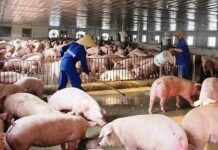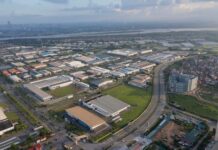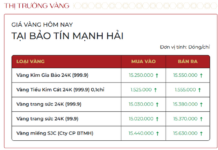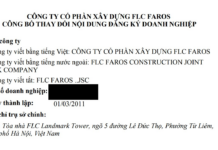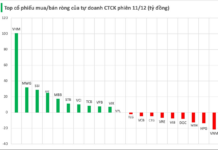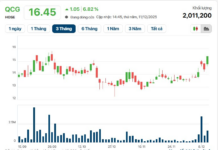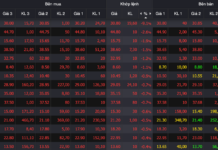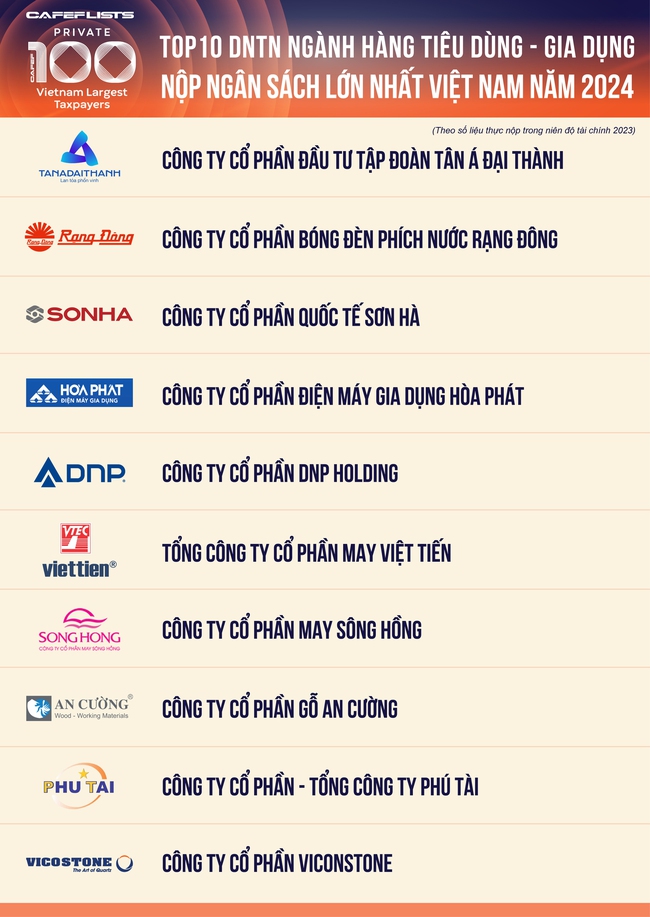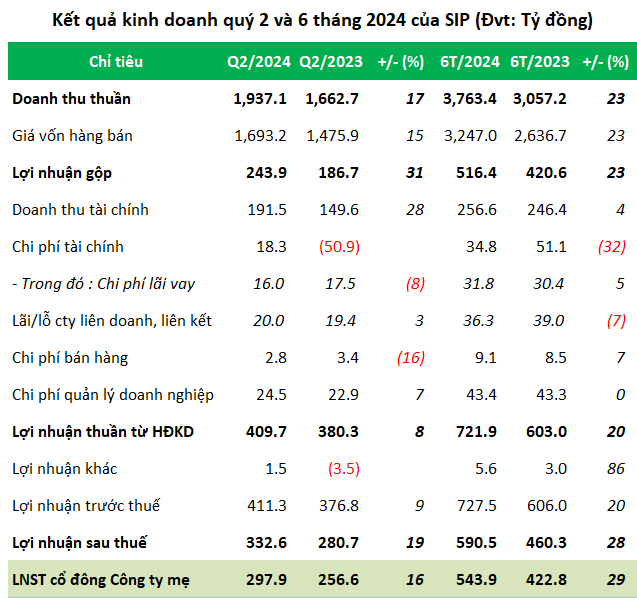The majority of the province’s key industrial products have seen a significant increase in output compared to the previous period, with some even experiencing a breakthrough. For instance, steel production has increased by almost tenfold, while cooking oil production has gone up by 6.6 times. Other notable increases include a 3.3-fold rise in sulfur production, a 2.9-fold increase in fuel oil, a 2.6-fold jump in benzene, and a 2.5-fold boost in motor gasoline…
According to functional sectors in Thanh Hoa province, the cumulative value of industrial production from 2021 to 2024 (in 2010 comparative prices) is estimated at VND 1,052 thousand billion, a 2.12-fold increase compared to the 2016-2020 period. The province’s key industrial sectors and products, including oil refining, power generation, steel, construction materials, garments, leather shoes, and agro-forestry processing, have shown significant development and made substantial contributions to the province’s economic growth. Specifically, for Thanh Hoa’s chemical and petrochemical products from 2021 onwards, the average annual growth rates for fuel oil, sulfur, and benzene are estimated at 16%, 13.7%, and 4.2%, respectively…
After completing a major overhaul in 2023, the Nghi Son Oil Refinery and Petrochemical Plant has been operating stably and continuously at high capacity, ensuring the supply of over 40% of the domestic market’s demand for gasoline and exporting petrochemical products, significantly contributing to state revenue. In the future, the province will implement the Duc Giang Chemical Complex project and attract investment in projects such as the national crude oil reserve, and the LNG reserve for the North Central region, transforming the Nghi Son Economic Zone into a prominent center for the chemical and petrochemical industries in the region and the country.
Moving on to the construction materials industry in Thanh Hoa, the main products, namely cement and clinker, have continued to thrive. The province has completed the Long Son Cement Grinding Project and the first and second production lines of the Dai Duong Cement Plant. Currently, there are five cement plants with 11 production lines in Thanh Hoa, with a total designed capacity of 24.4 million tons per year. From 2021 until now, the total cement output in Thanh Hoa is estimated at 82.196 million tons, a 25.7% increase compared to the 2016-2020 period, with an average growth rate of about 9%/year. Clinker production reached approximately 24.32 million tons, a 5.4% increase compared to the previous term, with an average growth rate of 6.7%. However, the cement industry faces challenges due to slow market recovery, and the growth in cement production has not met expectations (12%/year).

The textile, garment, and footwear industries in Thanh Hoa have also witnessed robust development over the past three years, attracting significant domestic and FDI investment. Many projects in these sectors, such as those by the HuaLi Group, Sakurai Vietnam Co., Ltd., and Tien Son Corporation, have been newly invested or upgraded to expand production capacity.
Currently, there are nearly 230 garment, footwear, and accessory production facilities operating in Thanh Hoa, providing employment for over 220,000 workers and boasting an annual production capacity of up to 610 million garment products and 274 million footwear products. From 2021 onwards, the total output of garment products is estimated to have increased by 66.5% compared to the 2016-2020 period, with an average growth rate of 19.9%/year. The total output of footwear products has increased by 70.6%, with an average growth rate of approximately 18.7%/year.
Thanh Hoa’s electricity production industry has been growing rapidly with the commissioning of the BOT Nghi Son 2 Thermal Power Plant (1,200 MW) in 2022. Presently, there are 19 power plants in operation in Thanh Hoa, with a total capacity of 2,488.36 MW, including 13 hydroelectric plants (610.66 MW), two thermal power plants (1,800 MW), one solar power plant (30 MW), and three biomass power plants (47.7 MW). From 2021 onwards, the province’s electricity production is estimated at 56.97 billion kWh, with an average growth rate of approximately 21.4%/year. Commercial electricity output reached an estimated 38.218 billion kWh, 105.4% of the plan, with an average growth rate of 11%/year. The province is in the process of implementing procedures for power projects, including the 1,500 MW Nghi Son LNG Power Plant, hydroelectric, wind, and waste-to-energy projects, in accordance with the approved Master Plan and Power Development Plan VIII, to further boost the growth of energy-related industrial products in the coming years.
In terms of mechanical engineering and metallurgy, Thanh Hoa commissioned the Nghi Son Steel Plant in 2021, significantly boosting the output of mechanical and metallurgical products in the province. From 2021 onwards, the total iron and steel production in the province has reached 9.7 million tons, an increase of 894.6% compared to the 2016-2020 period, with an average growth rate of 34.9%/year.
Thanh Hoa has substantially completed the construction of the Nghi Son Steel Rolling Mill No. 2 and is currently investing in and building the Nghi Son High-Tech Mechanical Plant, paving the way for future growth in this industrial sector.
However, some industrial products in Thanh Hoa province have witnessed a decline in the last three years compared to the previous period, such as a 32.3% drop in refined sugar output, a 62.8% decrease in beer production, a 59.3% fall in fertilizer output, and a sharp 81.3% plunge in automobile production. These decreases are mainly attributed to outdated production technology, a lack of innovation, weak and unsustainable production linkages, and a shrinking raw material source.



